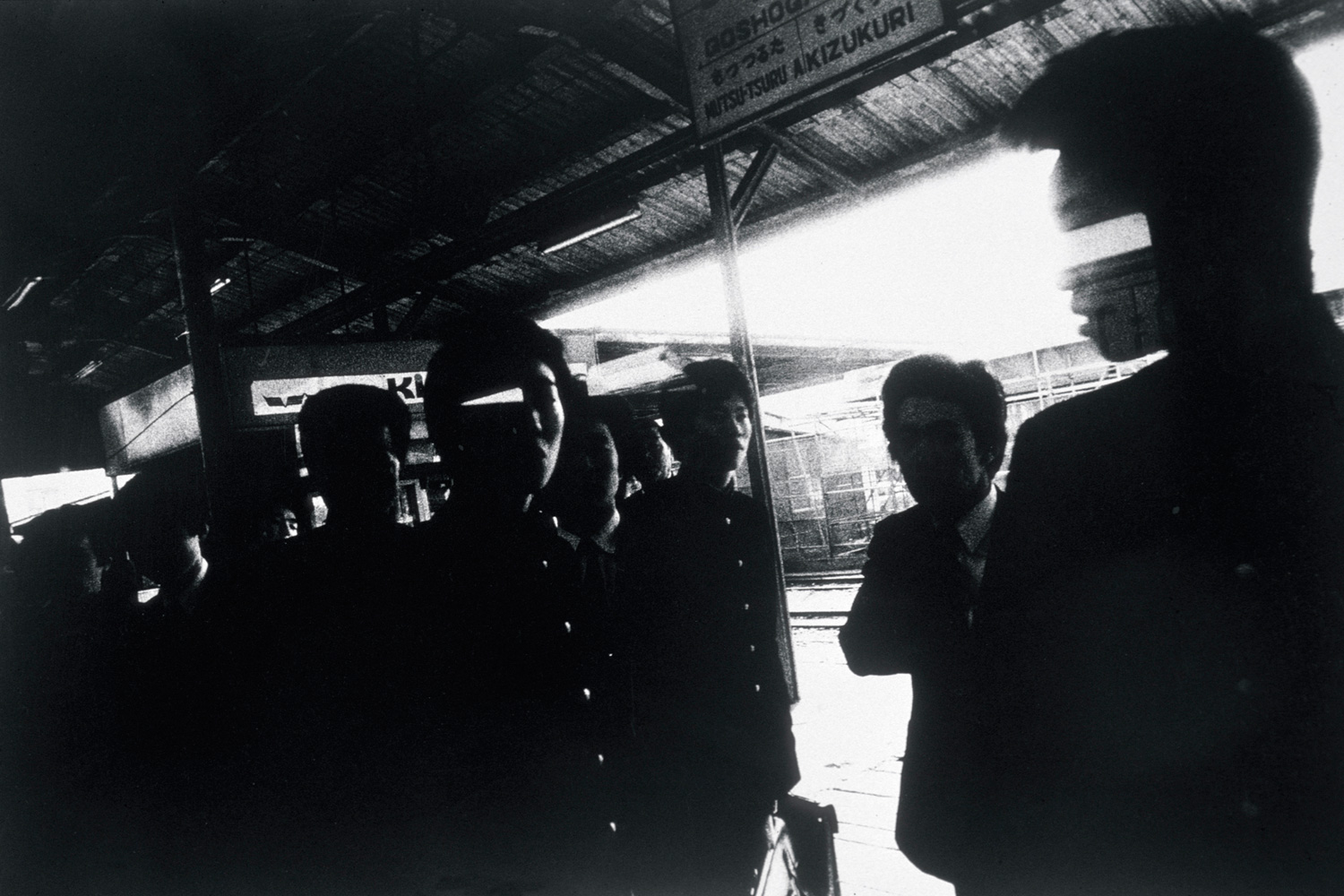
Youth culture, through revolt, unabashedly asks us to question and confront our historical and cultural traditions. In post-war Japan, the explosion of the taiyozoku or sun tribe—a term for the youth sub-culture that emerged in the 1950s—was seen by the older, conservative generations as crude and violent. Flooded with new imagery from the West, there was a break in the connection to the past and thus a rejection of traditional values. Affected by the nouvelle vague Western youth and media, the taiyozoku were pictured as promiscuous and nihilistic, throwing their cares to the wind.
Arriving in Tokyo in 1961, Daido Moriyama began photographing the seedy streets of Shinjuku, a ward ravaged during the war. Although the Shinjuku of today is best known as the economic and commercial center of Tokyo, it still retains a revolutionary spirit that started in its post-war bars and red-light district. Moriyama’s high-contrast, gritty depictions capture the energy native to the neighborhood, creating a visual history of Tokyo’s youth throughout one of its most combustible phases in history. It is this power that shapes Moriyama’s work, creating an unfolding visual testament to the cultural landscape of post-war Japan.
A new exhibition pays tribute to Moriyama’s four decade relationship with Shinjuku, which serves as a photographic act of memory and desire. In Fracture: Daido Moriyama, opening at the Los Angeles County Museum of Art on April 7, these notions are explored through a selection of prints and books, as well as recent color work. Moriyama began his career in Tokyo assisting the photographer Eikoh Hosoe. Hosoe was a member of the influential artist collective VIVO, which served to capture the significant cultural and structural changes within Japanese society. In line with this method of working, Moriyama began to roam the streets of Shinjuku and, since the early 1960s, has been witness to the ever-changing and expanding post-WWII landscape—a fractured, strange world that oscillates between time and space, reality and fiction.
Fracture: Daido Moriyama is on view at the Los Angeles County Museum of Art from April 7 through July 31.
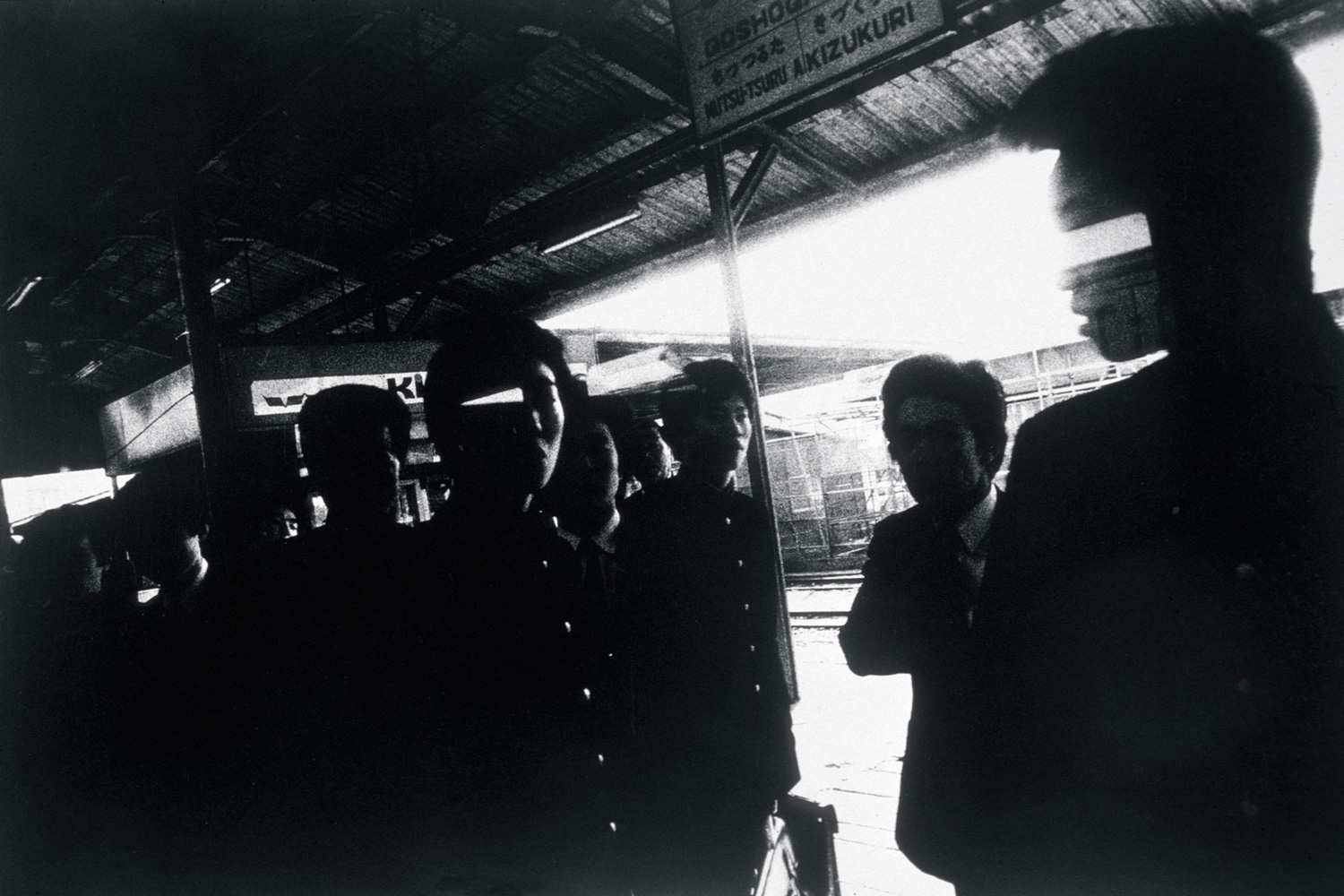
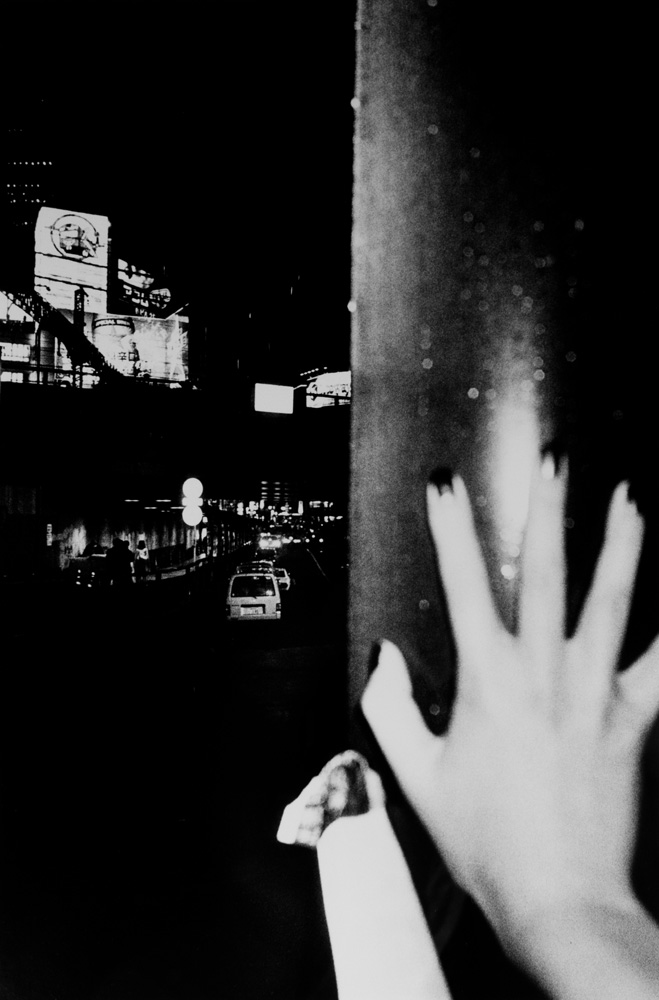
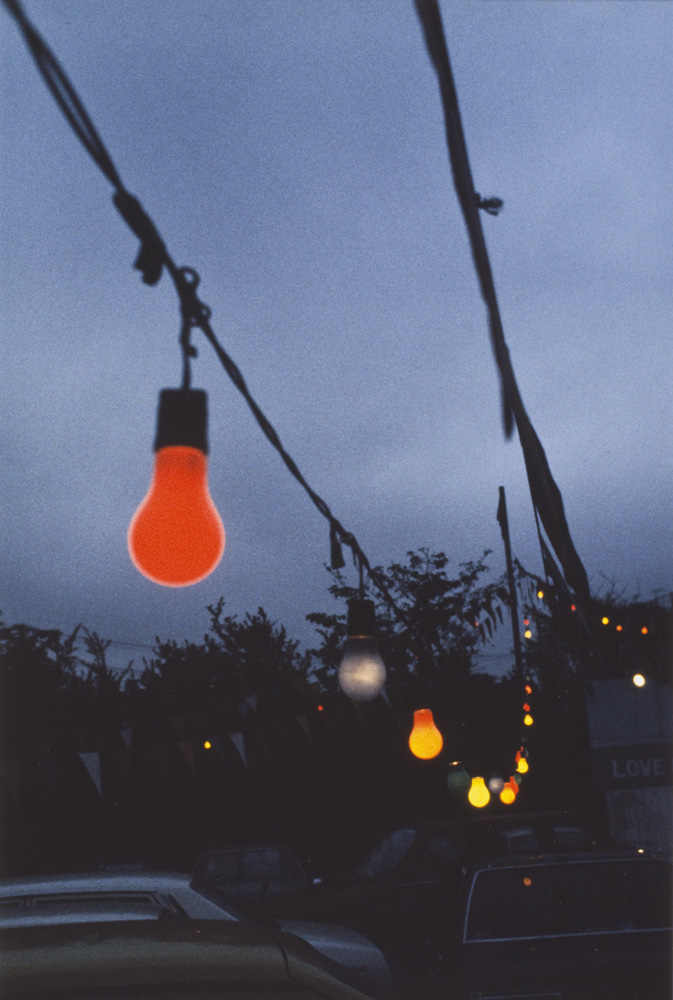
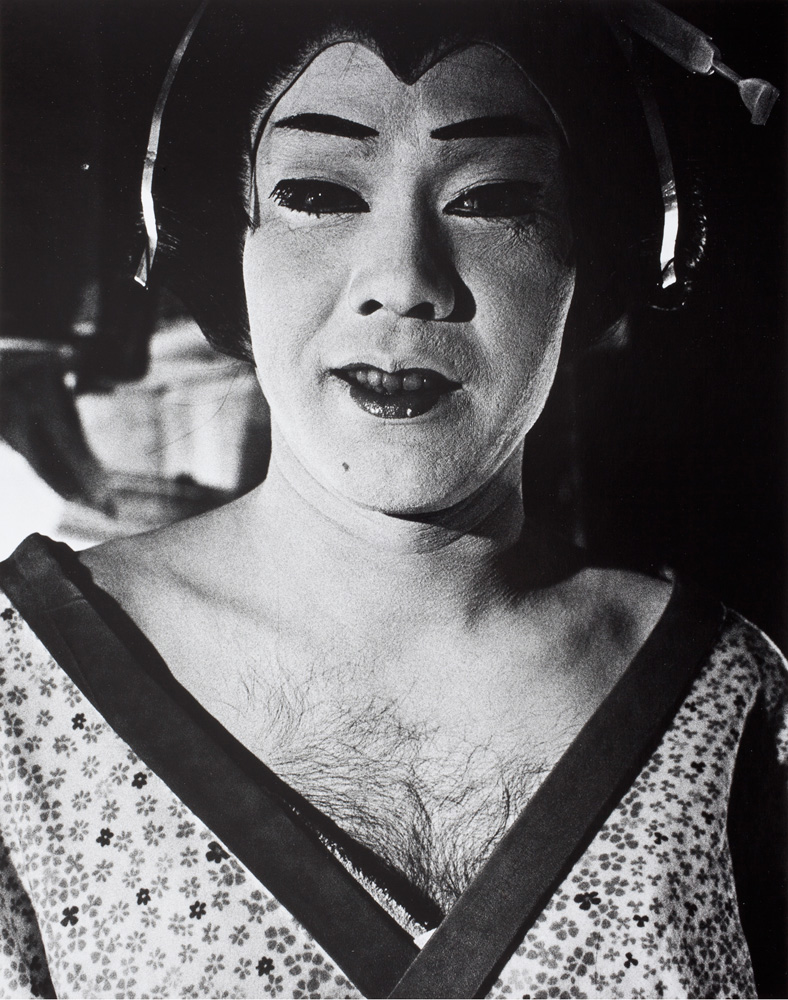


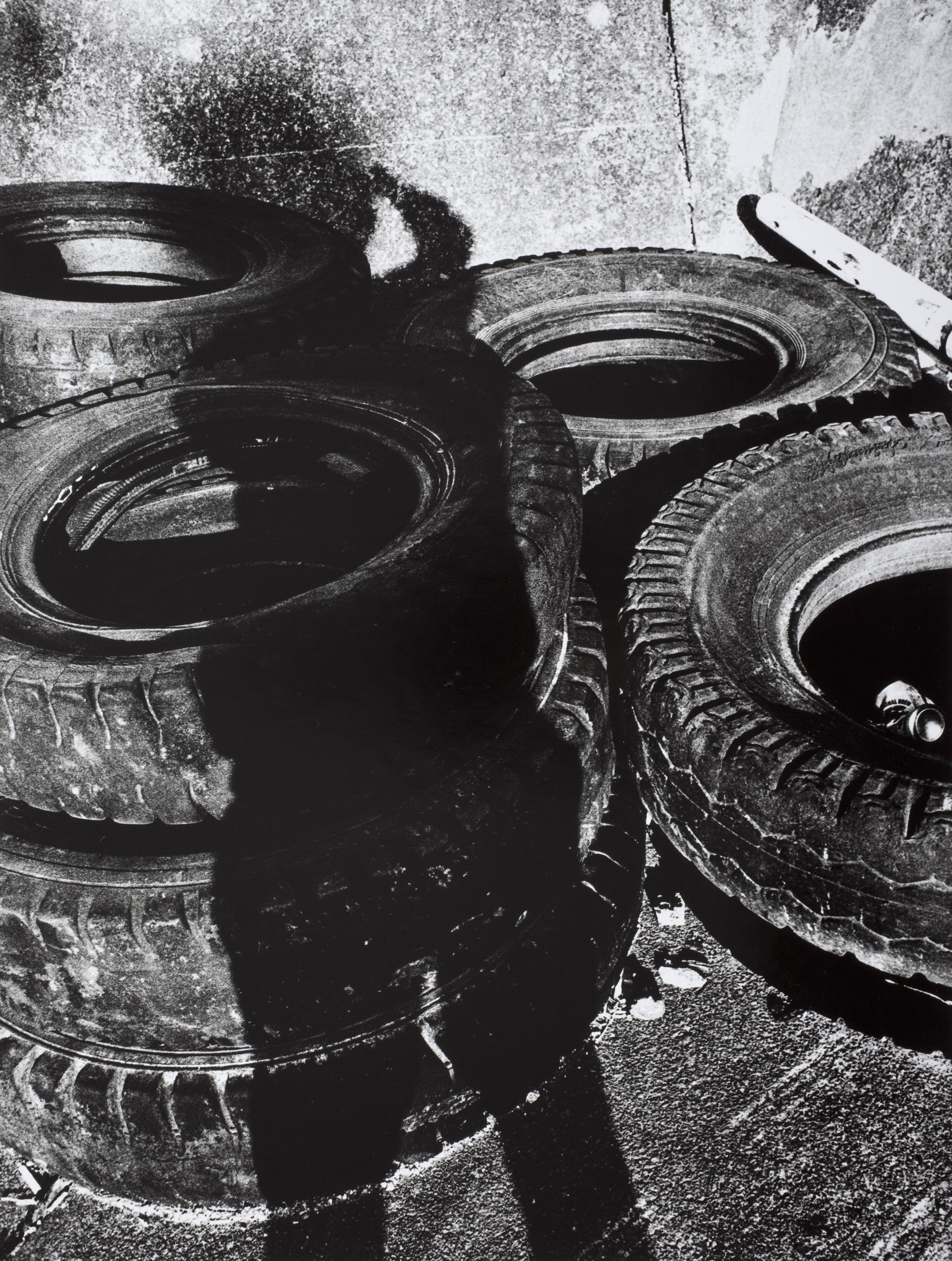

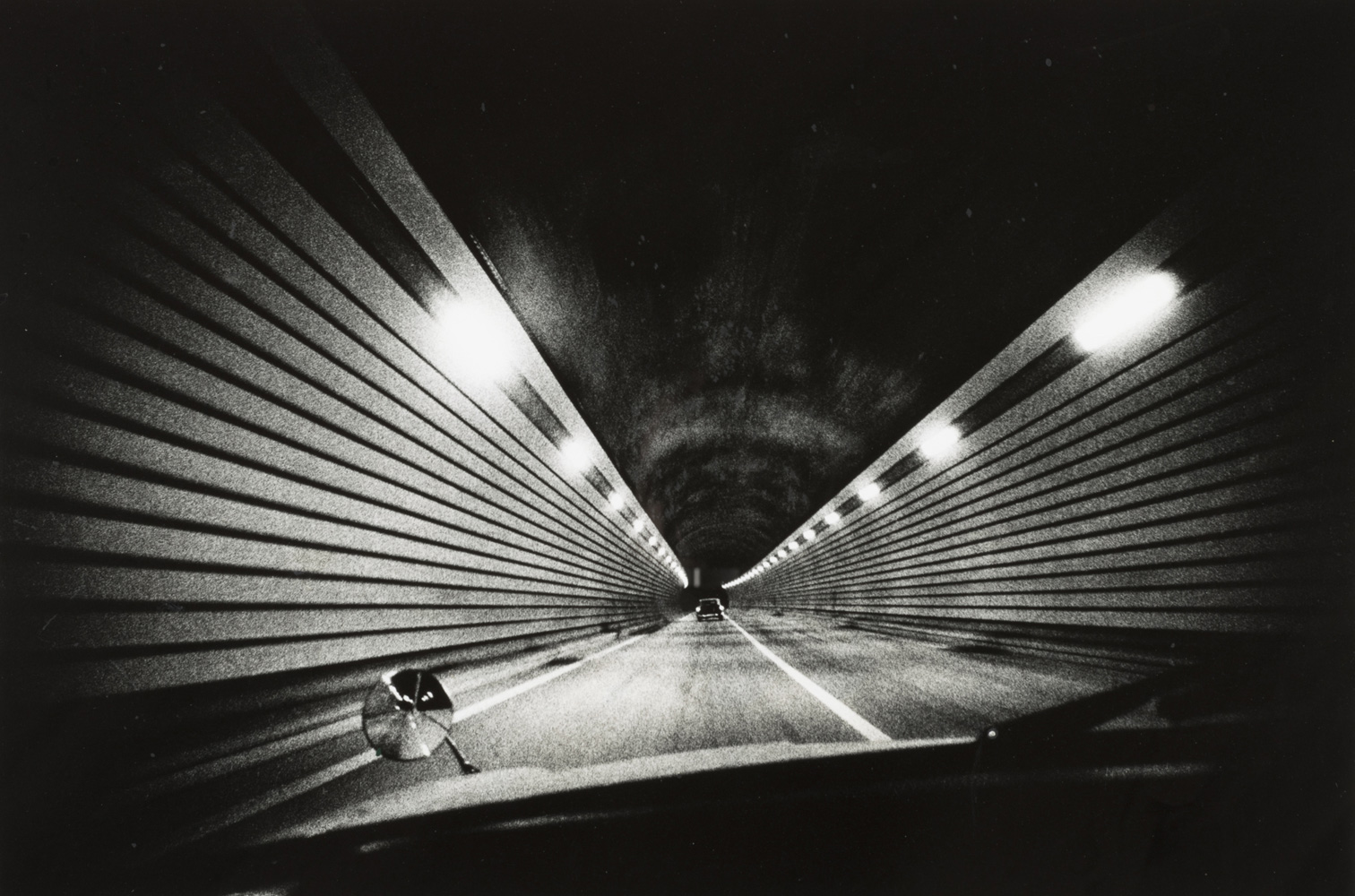
More Must-Reads From TIME
- The 100 Most Influential People of 2024
- The Revolution of Yulia Navalnaya
- 6 Compliments That Land Every Time
- What's the Deal With the Bitcoin Halving?
- If You're Dating Right Now , You're Brave: Column
- The AI That Could Heal a Divided Internet
- Fallout Is a Brilliant Model for the Future of Video Game Adaptations
- Want Weekly Recs on What to Watch, Read, and More? Sign Up for Worth Your Time
Contact us at letters@time.com